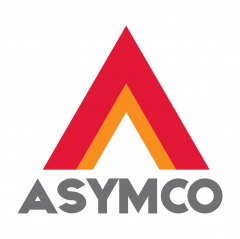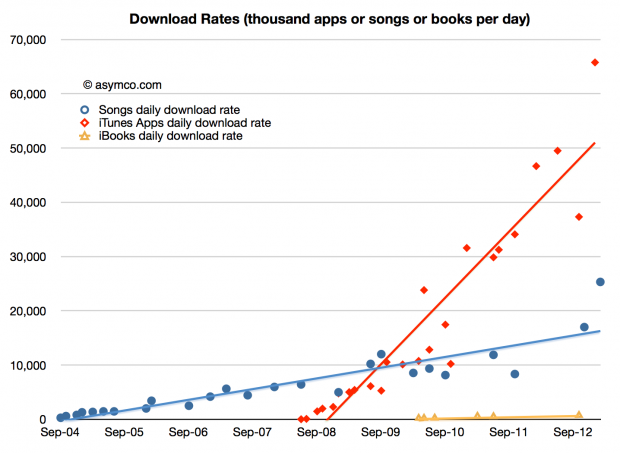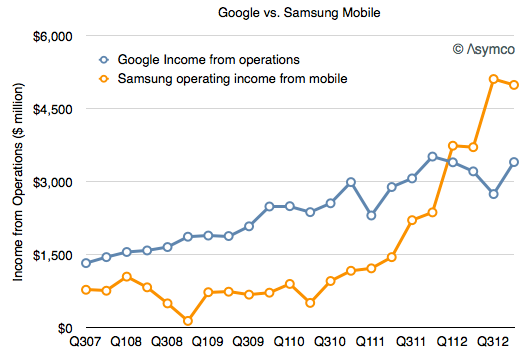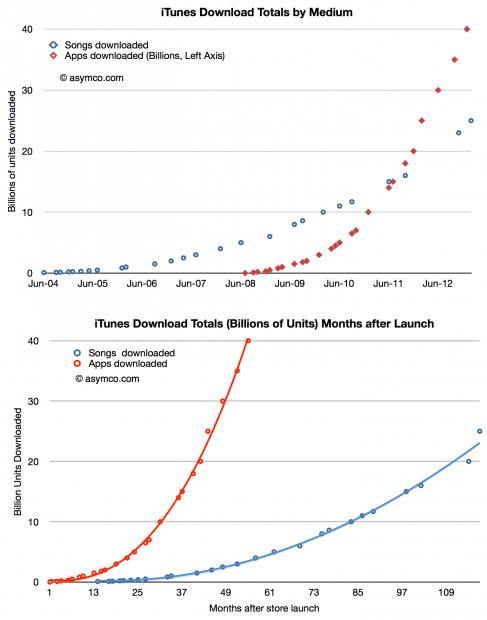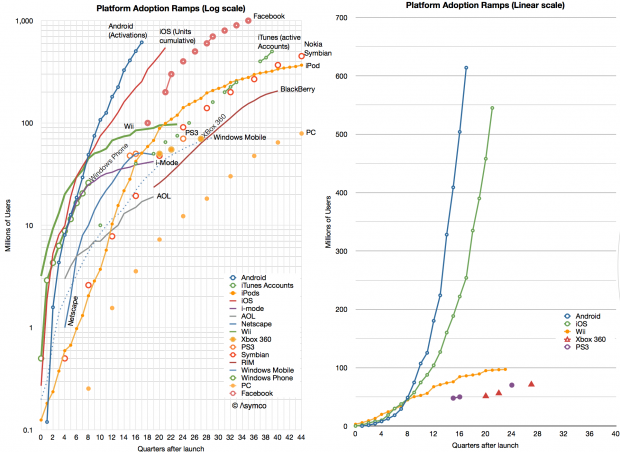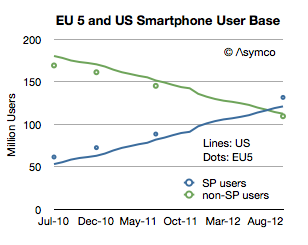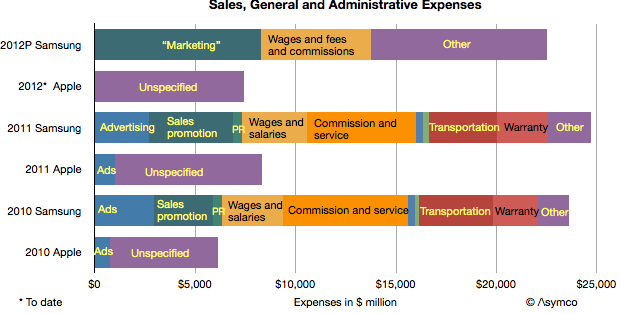I’m delighted to once again have the sponsorship of IBM for the presentation of Airshow. This time it’s in New York City on Wednesday, 25 September at the IBM Building, 590 Madison Ave. My thanks again to Paul Brody for being so gracious and earnest in his support.
Seating is limited but there are still 25 20 3 available.
This will be the third Airshow, having started in June in San Francisco and rolling into Chicago in July. The event keeps getting better with a plan to introduce a hands-on module allowing participants to build cinematic data-driven presentation during the afternoon.
Airshow is intended as both an exhibition of technique and as an explication of the methods for creating persuasive presentation enabled by new technologies.
Without revealing too much, the gist of the theory espoused is that presentations can benefit from:
- The use of directly manipulated visuals
- Cinematic effects honed by cinematographers over a century
- Aristotelian presentation principles
Together, these techniques solve the “job to be done” of persuasion—a job universally in demand but deeply underserved by current tools and techniques.
The participant should come away from the event with the ability to:
- Use the iPad as their primary presentation tool, with or without a projector to large and small audiences
- Use a cinematic technique of presentation where a layer of implicit yet easily sensed meaning is overlaid upon the words spoken and images viewed
- Appeal with empathy, logic and credibility to all audiences.
You can register for Airshow New York here.
See also: The end of the projector.
